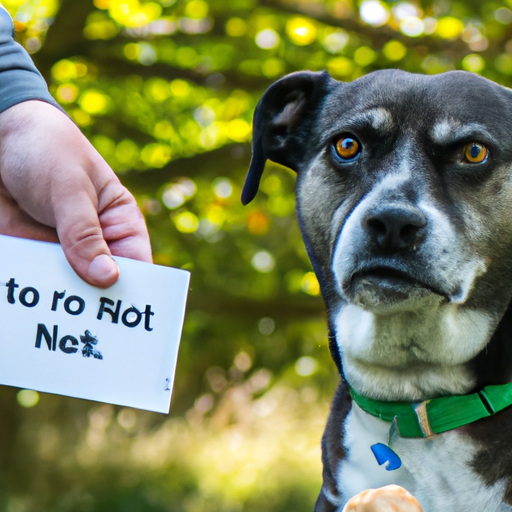Food aggression in dogs can be a challenging issue to manage, but as a caregiver, you can help your furry companion overcome this behavior. This comprehensive guide will provide you with the knowledge and steps to effectively handle food aggression.
Understanding Food Aggression in Dogs
Food aggression, also known as resource guarding, is a dog’s behavior to guard food as a valuable resource. It can range from mild behaviors, like growling when someone approaches their food, to more extreme behaviors, like biting.
Why Do Dogs Show Food Aggression?
Dogs may exhibit food aggression for several reasons:
- Survival Instinct: Dogs in the wild compete for resources to survive, and this instinct may still be present in domestic dogs.
- Past Trauma: Dogs who have experienced hunger or neglect may guard their food.
- Fear: Dogs may guard their food if they are scared it will be taken away.
Recognizing Food Aggression in Dogs
Recognizing the signs of food aggression can help you take early action. Signs may include:
- Growling or snarling when approached during mealtime
- Eating faster when someone is nearby
- Guarding the food bowl or area around it
Steps to Manage Food Aggression
Below are effective steps to manage food aggression in dogs.
1. Consult a Professional
Consulting a professional dog trainer or behaviorist is crucial. They can provide you with a tailored plan to handle your dog’s specific needs.
2. Create a Safe Space
Provide a quiet and secure place for your dog to eat. This can reduce their anxiety and need to guard their food.
3. Use Positive Reinforcement
Positive reinforcement involves rewarding your dog for good behavior. For instance, you can give them a treat when they remain calm while you are near their food.
4. Gradual Desensitization
Gradual desensitization involves slowly getting your dog used to your presence during mealtime. Start by standing a distance away, then gradually move closer over time.
Helpful Tools to Manage Food Aggression
Consider using tools that can help manage your dog’s food aggression.
| Tool | Description |
|---|---|
| Slow feeder bowls | These bowls are designed to slow down your dog’s eating speed. |
| Puzzle feeders | These feeders require your dog to solve a puzzle to get the food, providing mental stimulation and slowing down mealtime. |
Maintaining Progress and Patience
Remember that changing a dog’s behavior requires time and patience. Regularly reinforce positive behavior and remember to consult your dog trainer or behaviorist if you face difficulties.
FAQ’s
Q: Can all dogs overcome food aggression?
A: Most dogs can show significant improvement with consistent training and positive reinforcement. However, some dogs may continue to show some degree of food aggression due to deep-seated fears or past traumas.
Q: Is punishing my dog for food aggression effective?
A: Punishing a dog for food aggression can often make the problem worse. Instead, using positive reinforcement techniques can be more effective in managing food aggression.
Q: What do I do if my dog bites me over food?
A: If your dog bites you, it’s important to consult with a professional immediately. This is a serious sign of food aggression that requires professional intervention.
In conclusion, managing food aggression in dogs requires understanding, patience, and consistent efforts. With the right approach, you can help your dog overcome this behavior and foster a healthier relationship with them.



